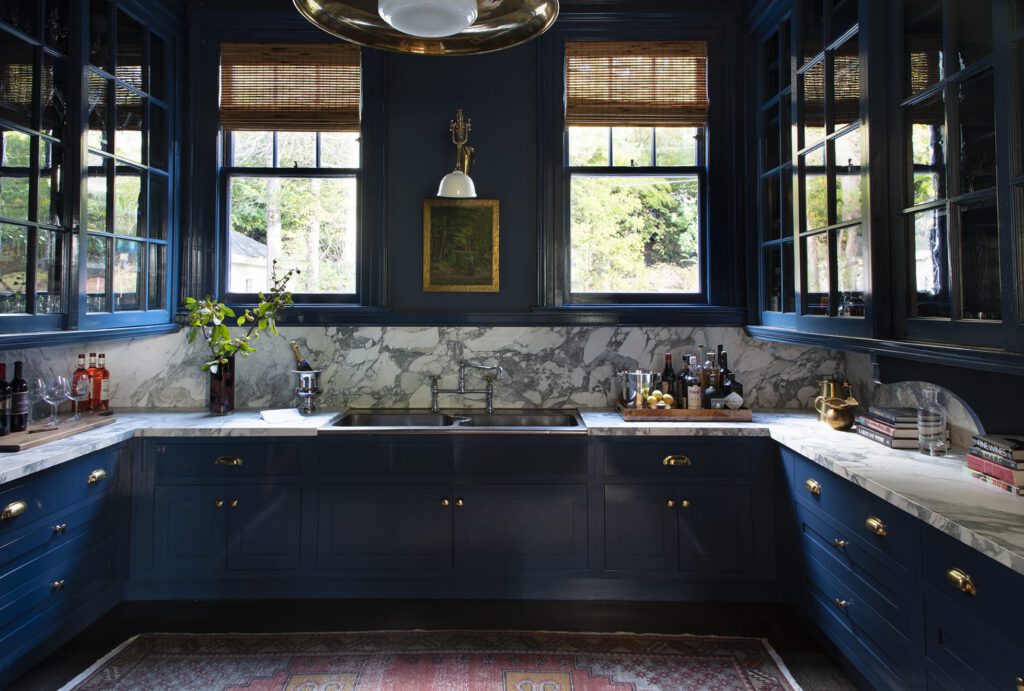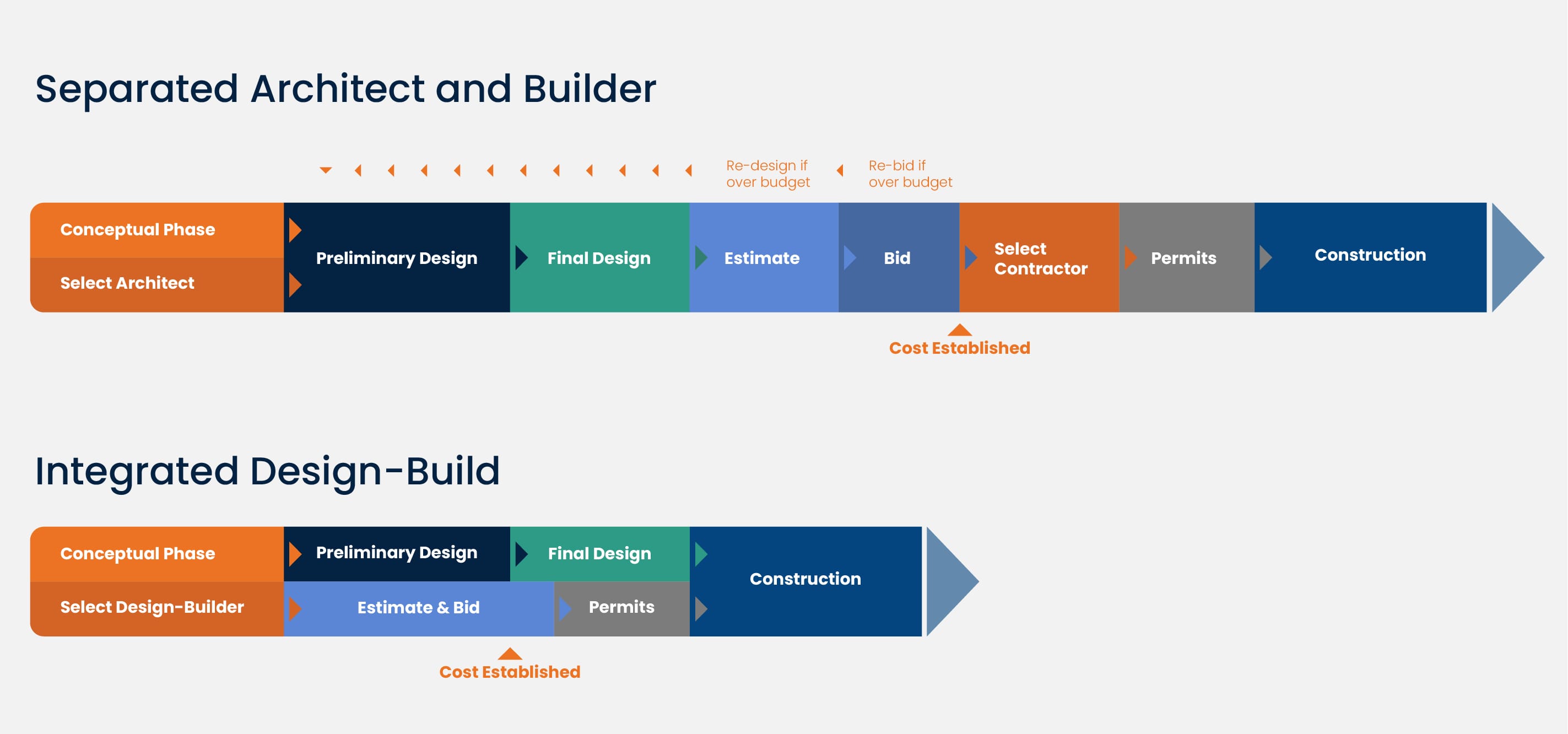What is Design-build?


What does design-build remodeling mean?
“Design-build” has become a bit of a buzzword in the home remodeling industry, and with good reason.
Homeowners who partner with design-build firms typically enjoy accurate budget estimates, short project timelines, and clear communication.
Design-build remodeling means that a single firm handles your remodeling project from beginning to end. Whereas most homeowners are accustomed to hiring an architect and construction manager separately, a design-build firm has both professional architects and professional builders on staff so that all project professionals are under one roof. In other words, one firm takes care of the entire project.
Benefits of working with a Boston design-build firm
The benefits to employing a design-build firm on your project are plentiful; but three really stand out:
- Save Money: Typically, homeowners hire an architect to create plans, pay the architect, and then take those plans to a builder. Unfortunately, it’s all too common for there to be disconnects between architects and builders. Architects tend to have a more theoretical knowledge of your project, whereas builders have an “on the ground” understanding of practical considerations like which materials are on backorder or which designs will require specialty contractors who may not be available until months down the road. Because of this, “finalized” designs may need to be taken back to the architect and reworked. And the homeowner pays. In a design-build model, on the other hand, the architect and the builder are both involved in your remodeling project from the very beginning. Each design element the architect introduces is checked by the project manager in real-time, preventing you as the homeowner from unwittingly making costly mistakes.
- Save Time: This is also why hiring a separate architect and builder can cost you in time as well as in money. When architects design without input from project managers, they may not be aware of potential project delays due to zoning laws, permitting issues, material shortages, and complex designs that require specialty contractors. On the other hand, design-build firms like NEDC have fine-tuned formalized steps to take the project from ideation to completion with clear communication between all parties at all stages. This increases clarity and allows you as the homeowner to make well-informed decisions and thus have greater control over your project.
- A Single Source of Accountability: Another reason homeowners prefer the design-build model is that there’s a single source of accountability. Architects and builders are on the same team, so instead of ambiguous answers and blame games, you get clear communication and collaborative problem-solving.
The NEDC design-build process
Our design-build process consists of eight steps:
- A complimentary in-home evaluation where one of our professional designers gains a thorough understanding of your goals and budget.
- A pre-design study in which we assess possible challenges and outline 1-2 options for your project.
- Design development, schematic design, and construction documentation where we finalize a direction and detail all material and finish selections. A line-item budget, a detailed timeline, and high-resolution renderings are provided.
- A pre-construction meeting where you meet your production team and project manager and discuss all logistical construction details.
- Weekly meetings are held with your project manager throughout the construction process to keep you updated and informed every step of the way.
- A substantial completion walkthrough after final inspections where we review every remaining work item with you.
- Post-construction wrap-up and project binder: after you live in your new home for a few weeks, we’ll meet with you to solicit your feedback and provide you with a binder containing every detail about your remodel, from construction documents to fixture and appliance information.
- Finally, we provide you with a 3-year service warranty and will check in with you occasionally to ensure your continued satisfaction with your newly remodeled home.
History of the design-build method
What do the pyramids, the Parthenon and the Pentagon all have in common? They were all built on the same tried and true method: Design and Build. But what is Design-Build and how did it start? To understand this, we’ll need to travel over 5000 years back in time to Ancient Egypt, where man was building the first pyramids. These magnificent structures were built by individuals known as Master Builders.
The Master Builder was responsible for the entire project from design through construction. In fact, Design-Build became a law about 2000 years later in the kingdom of Babylon. In years to come, the Parthenon, the Theatre of Dionysus and other long-lasting structures would be built. Design-Build continued to work very well for man until the Renaissance, when architects decided they wanted their own profession as distinct from the builder.
Architects started designing their own projects and putting them on the market for builders to bid on them. And so the traditional method of building, Design-Bid-Build, was born. This was intended to improve the aesthetic appeal of construction, and did so until the Industrial Revolution began in the mid-1700s. At this time, there was an ever-growing demand for large quantities of warehouses and industrial complexes. As such, collaboration ceased and projects lost their quality. Aesthetic appeal became of little or no consequence.
In the last decade, we have seen a changeover from Design-Bid-Build to Design-Build. The reason for the changeover is simply the involvement required in modern-day projects. Take, for example, the Pentagon, considered the world’s most complex building. This was built using the Design-Build method. Growing interest in energy-efficient homes has greatly contributed to the need of close collaboration between designer and builder.
So it is now as it was in the beginning. The return to the time-honored approach of Design-Build is ever-growing and has surpassed that of Design-Bid-Build. The future of our world’s architecture and construction is inspiring, as we see more Design-Build projects like the Burj Khalifa (the tallest building in the world) and state-of-the-art sports arenas erected across the globe.

“The time for extracting a lesson from history is ever at hand for those who are wise”
Demosthenes, Statesman; Athens, Greece (384-322 BC)
